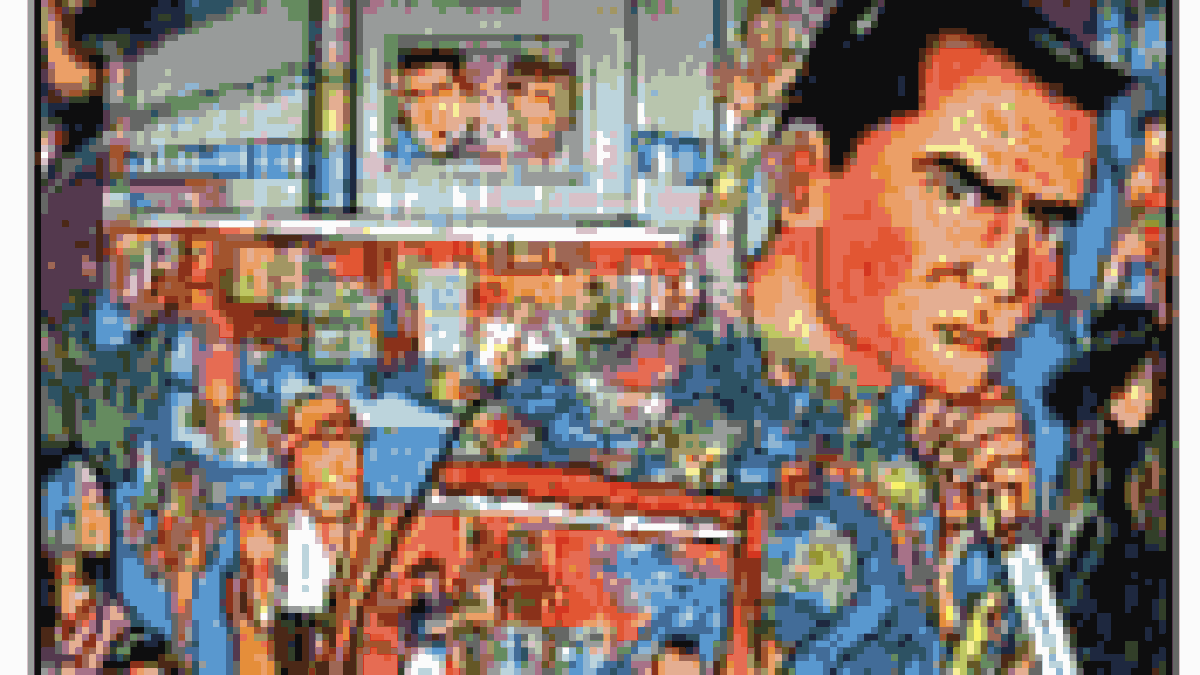Patrick Macias claims his new book, TokyoScope: The Japanese Cult Film Companion, hit the stores in December for the sole purpose of “trying to fight Harry Potter.” When pressed, he’ll admit to hoping it explodes long-standing misconceptions about Japan and its film industry. But don’t believe any of that. San Franciscan Macias, a Bay Guardian contributor and author of two other volumes on Japanese pop culture, clearly enjoys trolling Tokyo’s Shinjuku and Shibuya districts and watching endless Japanese horror, yakuza, creature, martial arts, and pinku (softcore sex) movies for their own sake. “I think I have a multiple-pop-culture-personality disorder,” laughs Macias. “I can’t just go to the shopping mall like everybody else.” The guy is hooked. After flipping through TokyoScope (Cadence Books, 2001, $19.95) for a few minutes, chances are you will be too.
But first, it helps to have a sense of humor and a taste for the bizarre. The filmmakers and actors Macias discusses certainly do. Buoyed by the popularity of bold new directors such as Takashi Miike (Dead or Alive), Kiyoshi Kurosawa (Cure, Séance), and Hideo Nakata (The Ring) in fests and museums, the time is right for a serious rediscovery of hidden gems from Japan’s domestic production in the ’60s and ’70s — a time when Tokyo, like Hollywood, threw out all the rules and reinvented its most cherished genres with maximum style and irreverence.
When Macias praises Japan’s “handsome pop films,” he’s talking about a wildly mixed bag. Sonny Chiba made ultra-violent chop-socky actioners — his Street Fighter and its umpteen sequels were major crossover hits in American grind houses. Protean Ishiro Honda, best known as the creator of Godzilla and Mothra, also directed disturbingly grown-up fantasy fare, including the still-banned Half-Human from 1955. Yakuza gangster pics got injected with speed. “They used to be totally humorless,” notes Macias, but directors Seijun Suzuki and Teruo Ishii and actors Noboru Ando and Bunta Sugawara “tried to demolish the old genre. It was like Sergio Leone remaking John Ford.” Then there were innumerable bloody horror flicks, Nikkatsu studios’ roman porno eiga (kinky sex with art pretensions), end-of-the-world movies, and of course, good old reliable kaiju eiga (giant monster films).
Director Kinji Fukasaku is Macias’ grand old man of exploitation. In a forty-year career that’s still going strong, Fukasaku has made sashimi out of almost every genre, from campy art oddities (The Black Lizard) to hectic gangland sagas (Battles Without Honor and Humanity) to sci-fi ripoffs like Message from Space. Saturday night at the Pacific Film Archive, Macias will read from his book (6:30), after which he’ll introduce Fukasaku’s scandalous 2000 Battle Royale. Says Macias, “It’s about a bunch of junior-high kids sent to an island where they kill each other. It was released during a wave of youth crimes, so the authorities wanted to scapegoat the movie. The most amazing thing is that it blames the people at the top of Japanese society, the very people who banned it.” Also on the bill is Namio Yuasa’s 1965 Blood and Law, a putative biography of hood-turned-actor Noboru Ando, who essentially plays himself. As Macias sees it, “There’s a lost-in-time aspect to these films.” Let’s get lost.












